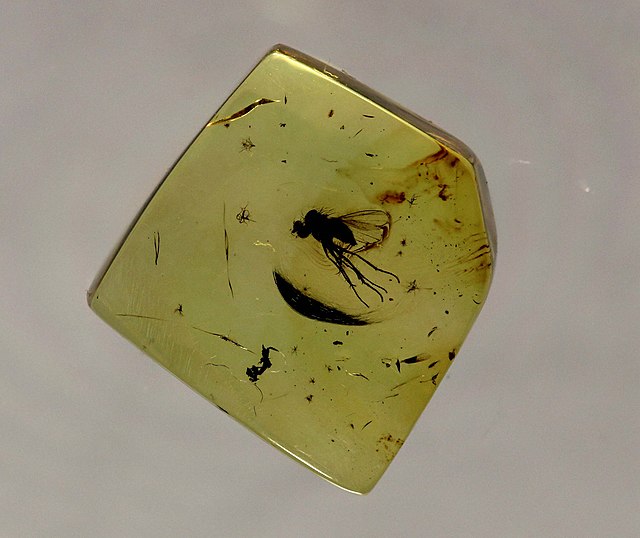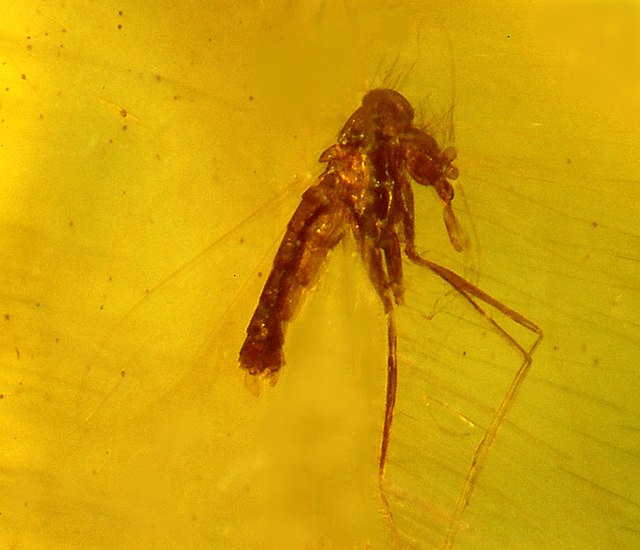The Empidoidea are a large monophyletic superfamily of true flies, the sister taxon to the Muscomorpha (Cyclorrhapha). These two groups are sometimes united in the unranked taxon Eremoneura. There are some 10,000 known species within Empidoidea, which are represented on all continents except Antarctica. They are known to have existed since the Jurassic period.
Empidoidea
Pictures of posterior part of abdomen. (A–E) male genitalia in dorsal view, Atelestus pulicarius (A), Neurigona suturalis (B), Empis vitripennis (C), Hybos grossipes (D), Ragas unica (E); (F, G) male genitalia in dorsal view, Clinocera nivalis (F), E. vitripennis (G); (H–J), female genitalia in dorsal view, C. nivalis (H), E. vitripennis (I), Trichopeza longicornis (J).
Empidoidea sp.
Flies are insects of the order Diptera, the name being derived from the Greek δι- di- "two", and πτερόν pteron "wing". Insects of this order use only a single pair of wings to fly, the hindwings having evolved into advanced mechanosensory organs known as halteres, which act as high-speed sensors of rotational movement and allow dipterans to perform advanced aerobatics. Diptera is a large order containing an estimated 1,000,000 species including horse-flies, crane flies, hoverflies, mosquitoes and others, although only about 125,000 species have been described.
Fly
An Anthomyiidae species showing characteristic dipteran features: large eyes, small antennae, sucking mouthparts, single pair of flying wings, hindwings reduced to clublike halteres
Fossil brachyceran in Baltic amber. Lower Eocene, c. 50 million years ago
Fossil nematoceran in Dominican amber. Sandfly, Lutzomyia adiketis (Psychodidae), Early Miocene, c. 20 million years ago







